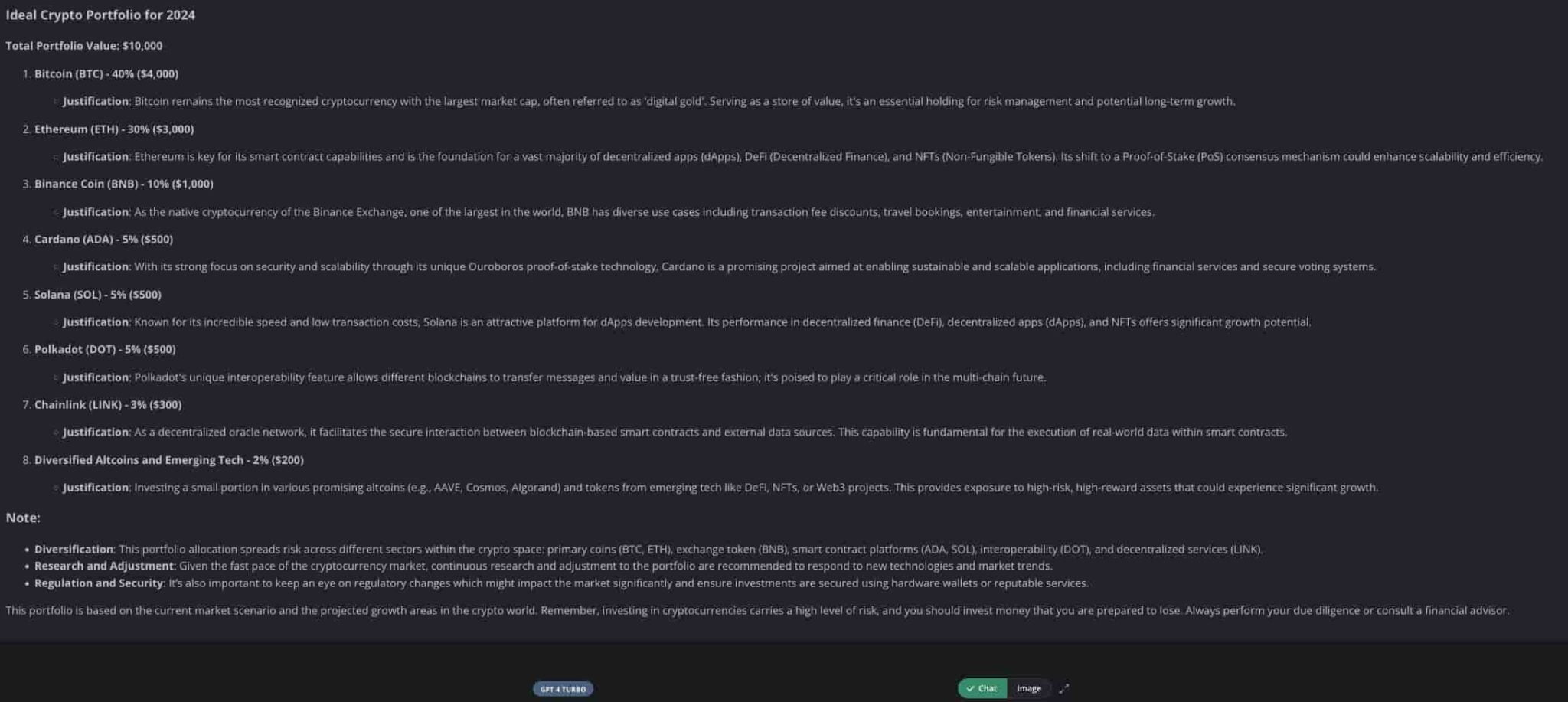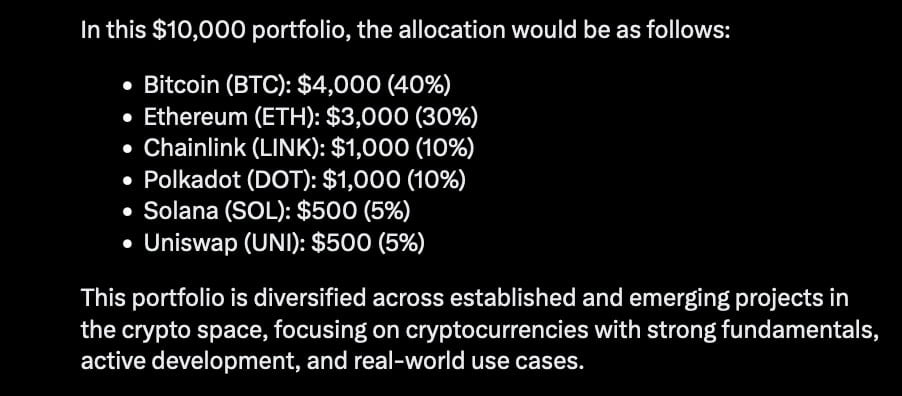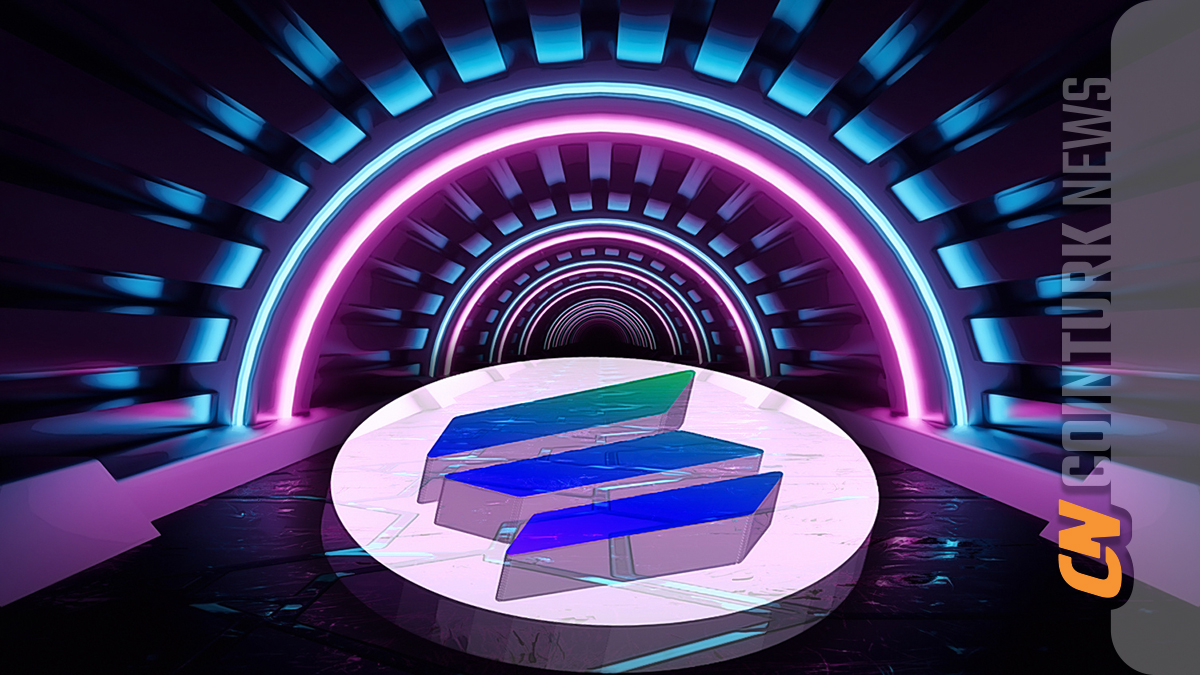Artificial intelligence (AI) models, despite the possibility of being flawed, are increasingly used in the cryptocurrency world for data collection and portfolio creation. A recent study asked three advanced AI models, OpenAI‘s ChatGPT-4 Turbo, Anthropic‘s Claude 3 Opus, and xAI‘s Grok, to create a model cryptocurrency portfolio for 2024 with an initial investment of $10,000. Despite some differences in selection and distribution weights, the portfolios suggested by the three advanced AI models had notable similarities.
Model Cryptocurrency Portfolios Offered by ChatGPT-4 Turbo and Claude 3 Opus
All three AI models identified Bitcoin (BTC) and Ethereum (ETH) as the main components of the model cryptocurrency portfolio. The AI models allocated between 25 to 30 percent to ETH and 40 percent to BTC. This consistent distribution underscores the known stability and long-term potential of the two largest cryptocurrencies.
Additionally, the model portfolios created by the AI models also included additional assets such as Solana (SOL), Chainlink (LINK), and Polkadot (DOT), albeit with different weights. These choices reflect the AI models’ emphasis on portfolio diversification and investing in promising projects within the cryptocurrency ecosystem.
For instance, the model portfolio created by ChatGPT-4 Turbo includes eight cryptocurrencies, emphasizing diversification and regular research and adjustment to keep pace with the dynamic crypto market. Among these, the prominent ones with high weights are BTC, ETH, BNB (BNB), and Cardano (ADA), SOL, and DOT.

Similarly to ChatGPT-4 Turbo’s portfolio, Claude 3 Opus‘s model cryptocurrency portfolio reflects some of ChatGPT-4 Turbo’s choices, with BNB and ADA being high-weight assets, but with ADA having a higher weight and LINK also standing out, Claude’s portfolio shows some differences compared to ChatGPT-4 Turbo’s portfolio.

Grok’s Model Portfolio Offers a Unique Approach
In contrast, Grok, developed by Elon Musk’s xAI, presented a unique portfolio by including Uniswap (UNI) in its model portfolio while omitting BNB and ADA.

Grok allocated twice as much weight to LINK and DOT compared to the other two AI models, indicating a focus on specific projects with strong fundamentals and real-world use cases.

 Türkçe
Türkçe Español
Español









